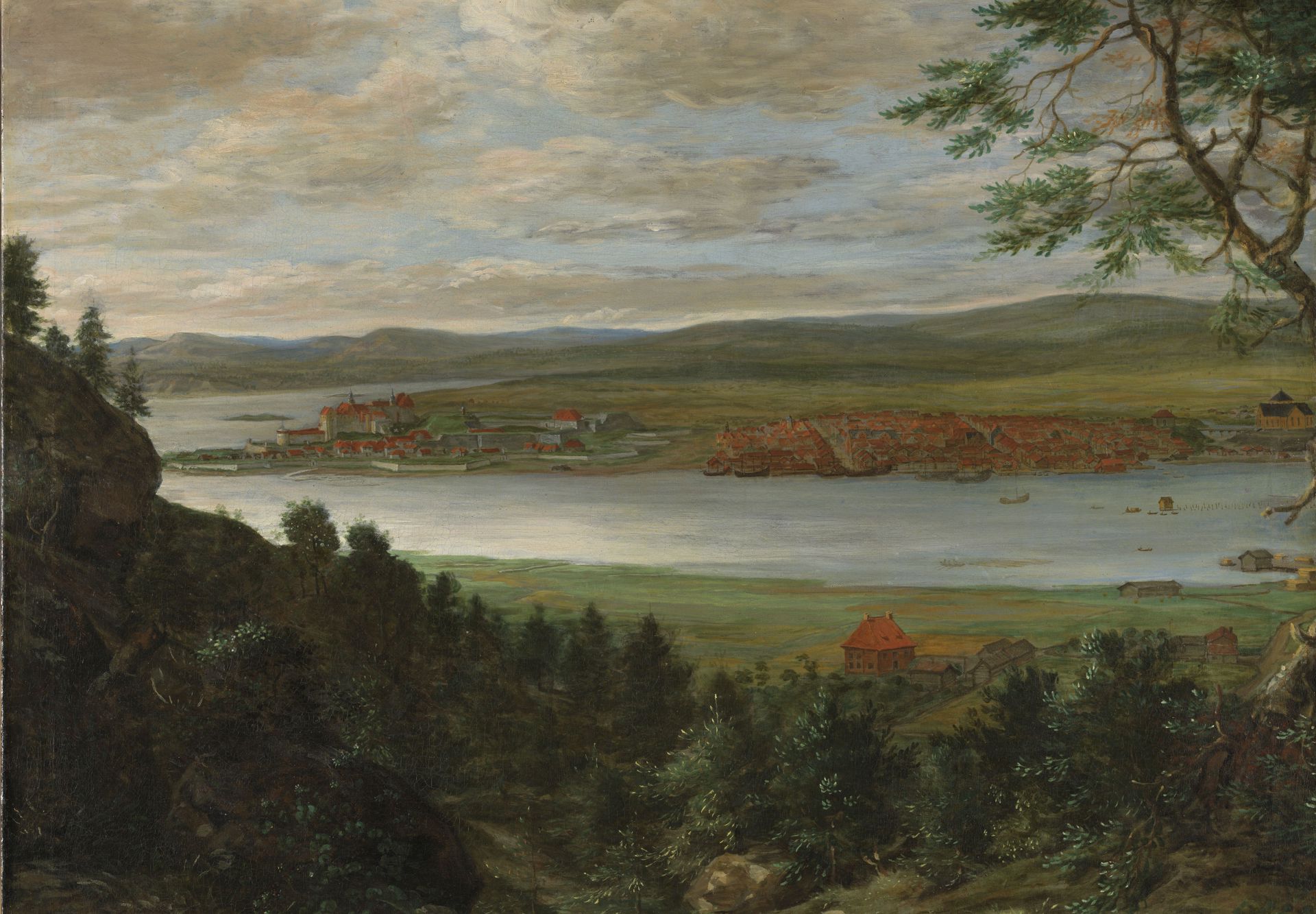
In August 1624, large parts of the old city of Oslo were reduced to ashes. Get to know the new city that emerged.
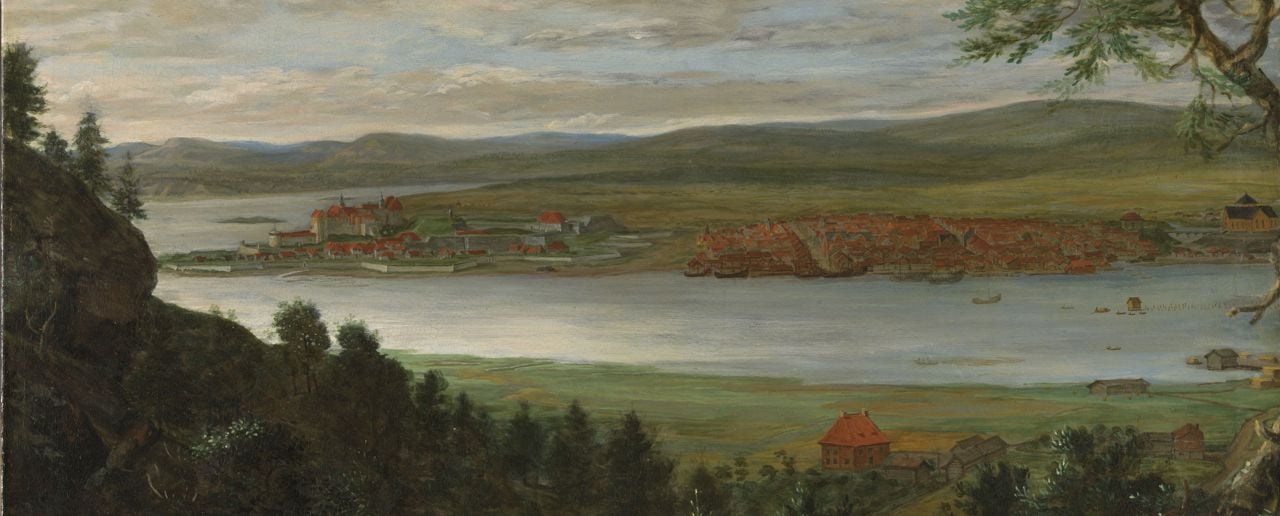
In 2024, 400 years have gone by since the old city of Oslo burned down. The city was moved to the west of Bjørvika and reconstructed under the name Christiania.
Get to know the new city: What did it look like? How was it different from the medieval city? And why is this part of today’s city called Kvadraturen?
Museum of Oslo, Frognerveien 67
20 March 2024–through 2024
In august 1624, most of the old city of Oslo was reduced to ashes. The king at the time, Christian IV, regarded the event as an opportunity to move the city from its location at the foot of the Ekeberg hill to the western side of Bjørvika, where it could be better protected by Akershus fortress. His plan was executed against the inhabitants’ will. The new city was named Christiania after the king and was constructed according to Renaissance principles of urban planning, as a modern 17th century city.
In this exhibition, you are invited to acquaint yourself with the new city. Which ideas were behind its construction, and in what ways did the new Christiania differ from the old Oslo? You will see city models, paintings, watercolors and drawings of the city in the 17th and 18th centuries, as well as photographs documenting what was left of the buildings from this period around 1900.
Welcome to a journey back in time to “old Christiania”.
Illustration: Jacob Coning, 1699: Utsikt fra Ekeberg. Oil on canvas. Nasjonalmuseet.
Tuesday and Wednesday: 11am – 4pm
Thursday: 11am – 6pm
Friday, Saturday and Sunday: 11am – 4pm
Adults: NOK 120,-
Students: NOK 60,-
Children and youth (under 26): Free admission
Free admission for everyone on Thursdays.
Tickets include entrance to the Museum of Oslo and the Theatre Museum.
Address: Frognerveien 67, 0266 Oslo
Take tram 12 or bus 20 to Frogner plass, or all subway lines to Majorstuen
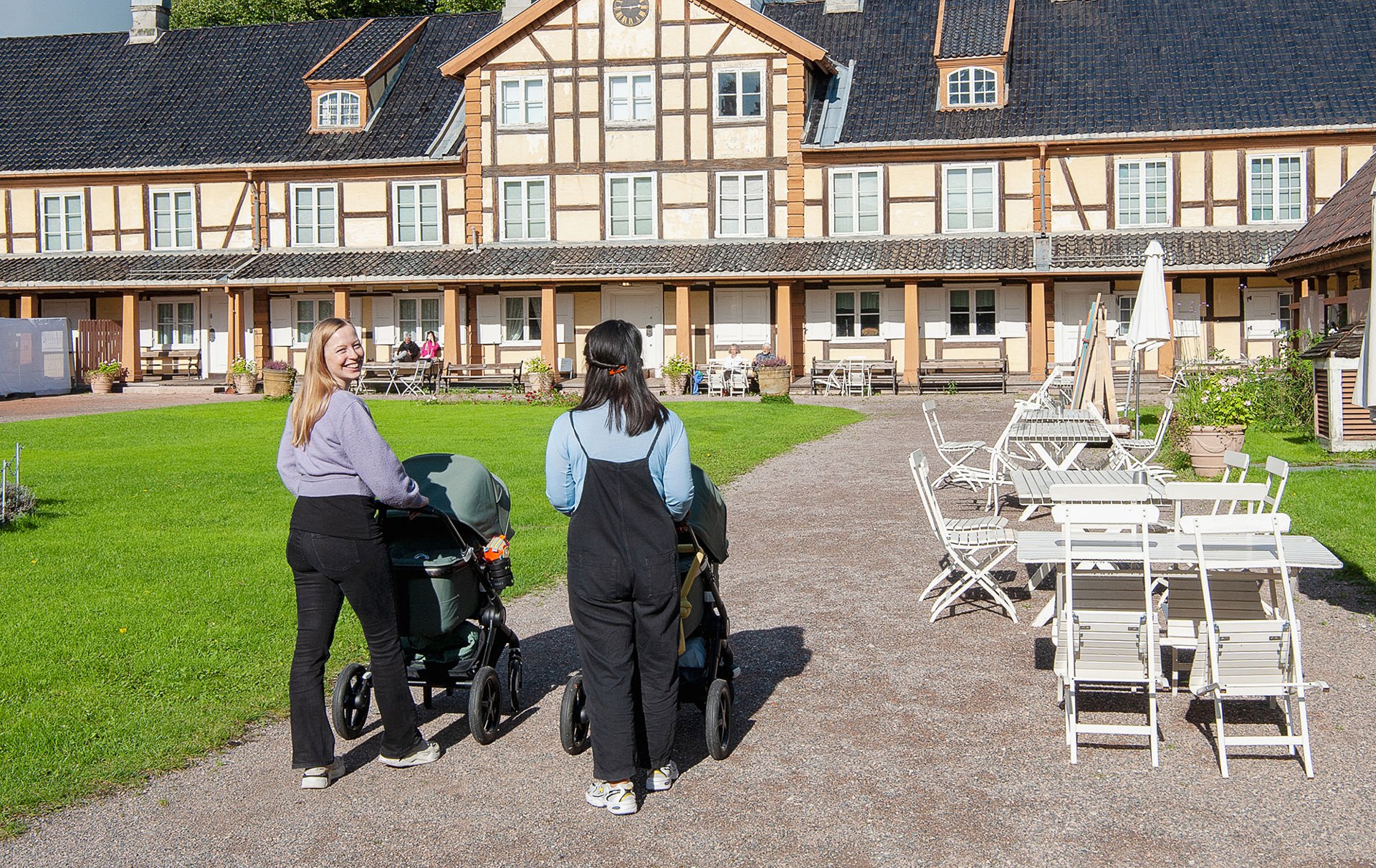
The Museum of Oslo is beautifully located at Frogner Manor in the Frogner park, together with the Theatre Museum. Here, you can familiarize yourself with the history behind today’s diverse city. Experience a variation of exhibitions about Oslo’s history, urban development, the city’s inhabitants, and current issues facing the Oslo of today.
You can also visit our pleasant café and gift shop.

In August 1624, large parts of the old city of Oslo were reduced to ashes. Get to know the new city that emerged.
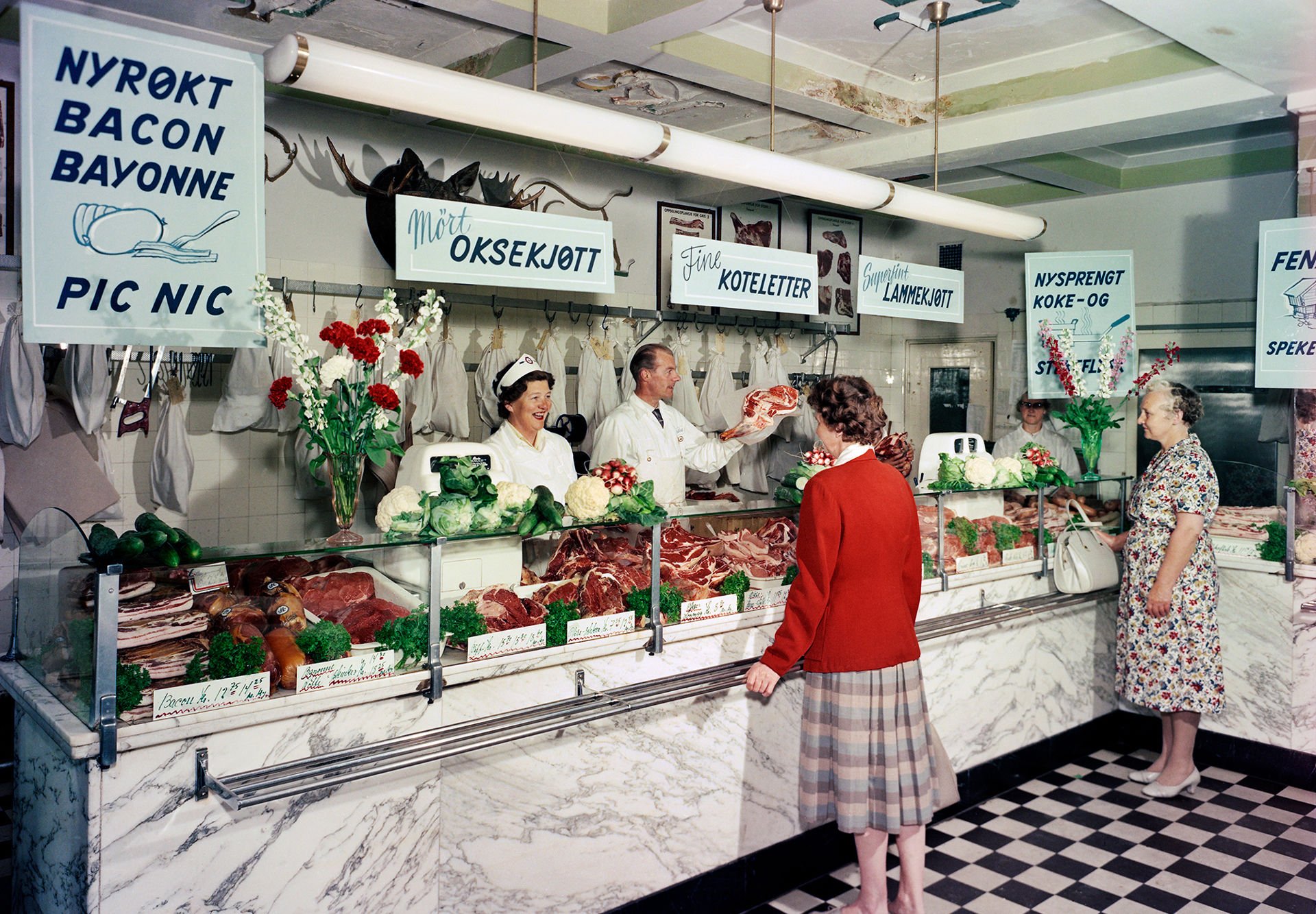
In this photo exhibition, you will be served samples of Oslo's food history over the past 150 years.
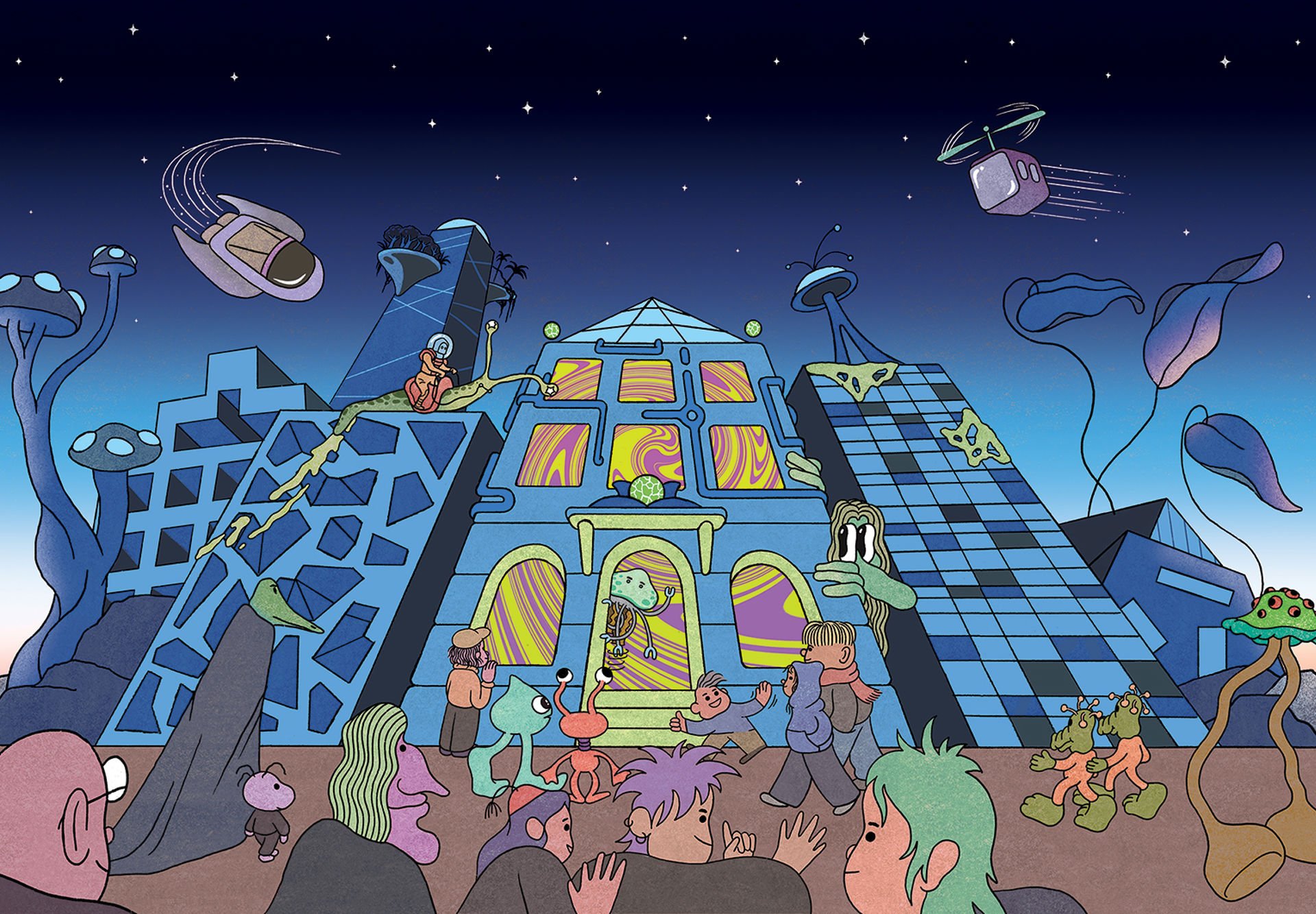
What do you think Oslo will look like in 30, 50, or 70 years? Time travel with us and explore different future scenarios.